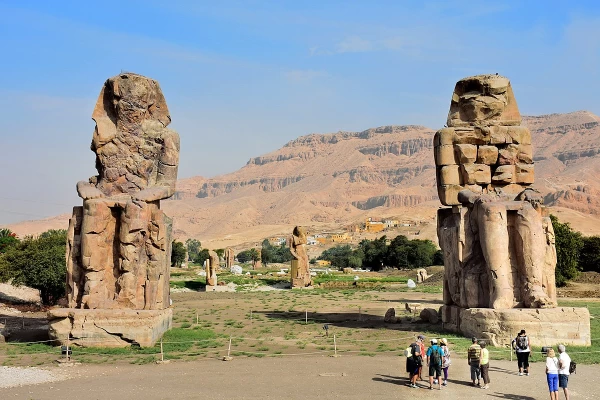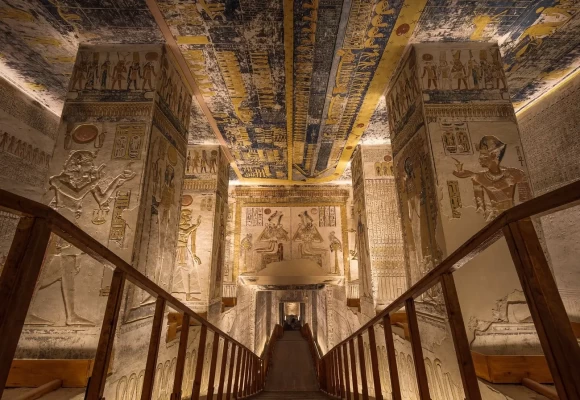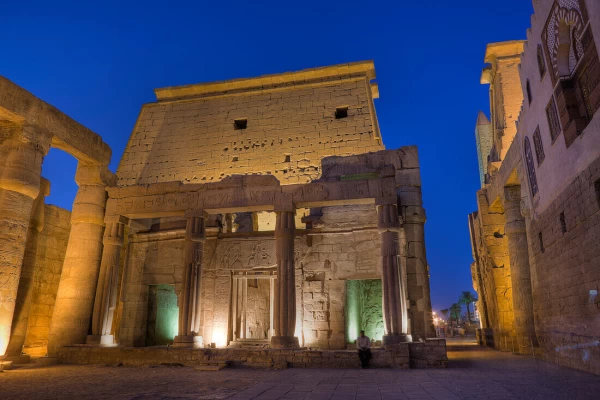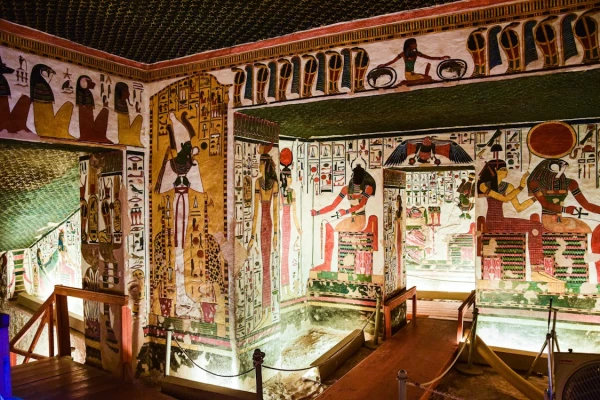A representative will pick you up from your hotel on arrival at Safaga Port, and the transportation to Luxor will be by air-conditioned vehicle. A private guide will wait for you to start your visits to East Luxor.
The Karnak temple.
The second-largest ancient religious complex in the world after Angkor Wat in Cambodia, the Karnak temple is also accepted as the second most searched-for tourist attraction in the whole of Egypt, after the Pyramids of Giza. The temple consists of four major areas-a courtyard of Amun-Ra and the province of Mut; the province of Montu; and the temple of Amenhotep IV.
Luxor temple.
Unlike most other ancient Egyptian temples that followed the east-west axis, Luxor Temple was orientated towards Karnak, as it was the main theatre for one of the most significant ancient Egyptian religious ceremonies in which statues of each of the deities-Amun, his wife Mut, and their son, the moon god Khonsu-were taken in a grand procession from their temples at Karnak to Luxor Temple.
On the west, a visit to
Medinat Habu:
Some believe that the word Habu refers to Amenhotep, son of Habu, a vizier of Amenhotep III. Another theory says that this name belonged to a Christian holy man, who lived here later. This temple is considered to be one of the greatest mortuary temples of the kings of the New Kingdom.
the valley of kings
A somewhat apt name, but not entirely appropriate, the Valley of the Kings is located in a valley of a dry river on the west bank of ancient Thebes (modern Luxor), because in this valley the burial of a few members of the royal family took place other than the kings themselves and even some Non-royals although they were High-ranking. The Valley of the Kings is composed of the East Valley and the West Valley.
the valley of queens:
The Valley of the Queens was used for burials of the queens of ancient Egypt. In ancient times, it was known as "Ta-Sit-Nefru," which means "the place of the sons of the pharaoh" or "the place of beauty". Because the queens of the eighteenth, nineteenth, and twentieth dynasties (circa 1550-1070 BC) were buried here, along with many princes and princesses and some nobles.
Colossi of Memnon
The Colossi of Memnon stand on the West Bank of Thebes, known today as Luxor. Luxor, including numerous Pharaonic monuments that are closely tied to the civilization of ancient Egyptians thousands of years ago, is one of the most visited tourist destinations.
At the conclusion of your tour, you will be delivered back to your place at the Safaga port.
Day meals: lunch during the visits.























